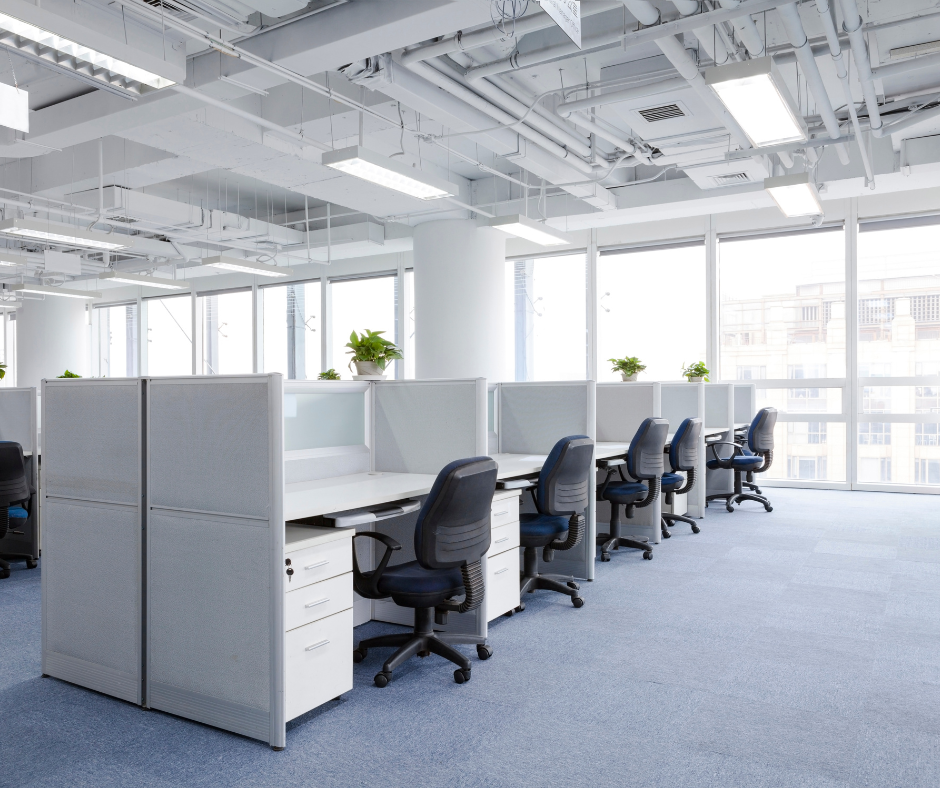Sustainability guide for office-based micro businesses




Our sustainability guide for office-based micro businesses has been designed to help you become more sustainable, cut carbon, save money, and use resources efficiently.
This guide provides:
For general sustainability advice regarding Utilities, and factsheets full of tips and tricks for measuring and tracking energy, water and waste, visit the guide landing page.
Whether you’re working in your own building, a rented office or at home, one of the most effective ways to reduce your carbon footprint is by addressing your energy consumption. You can find general tips to help you do this in Section 2.4, but below are some additional tips that are more specific to offices.
As well as thinking about the energy you use, you should also consider the items you buy (such as more sustainable office supplies), the way you travel to and from the office, and the waste you produce. General tips can be found in Sections 2.1, 2.2 and 2.5, respectively.
Remember, even if you’re in a rented office, you are still lots of small changes you can make. If you’re considering relocation, prioritise office spaces that have already implemented some of the key wins listed below.
Confused by carbon jargon? Whether you run a café, B&B, or restaurant, our Net Zero Glossary explains key sustainability terms—like Scope 1, 2 and 3 emissions, carbon offsetting, and energy efficiency—in plain language.
Explore the glossary and build your confidence in making greener business decisions.
We have a range of resources available for organisations on their net zero journey.
Looking to cut carbon and boost resilience? Our Net Zero Toolkit is designed to help office-based and service sector businesses map out a practical path to Net Zero.
✅ Step-by-step guidance
✅ Sector-specific advice
✅ Tools to measure and reduce emissions
Start your journey today and future-proof your business.
Whether you're just starting your sustainability journey or need expert input on a specific project, our consultancy services are here to help:


